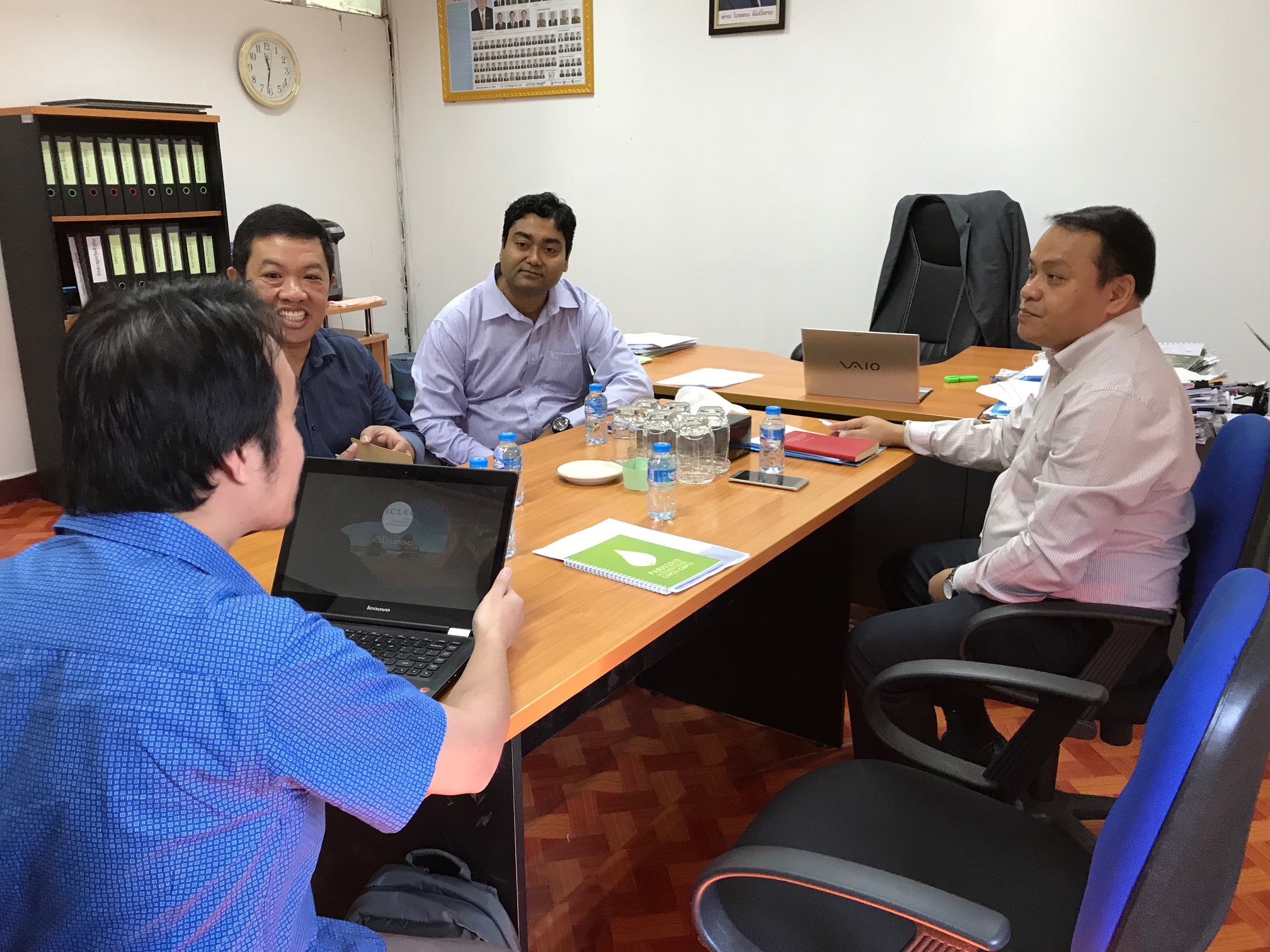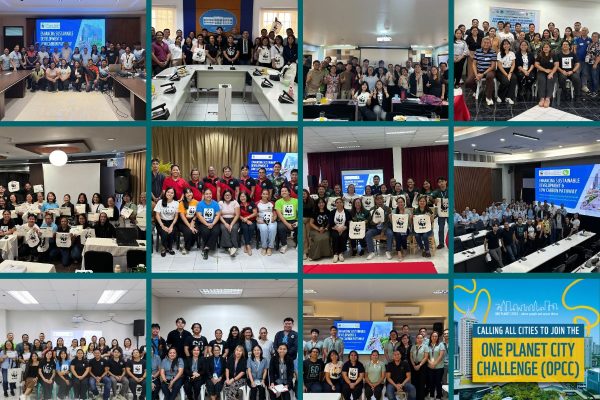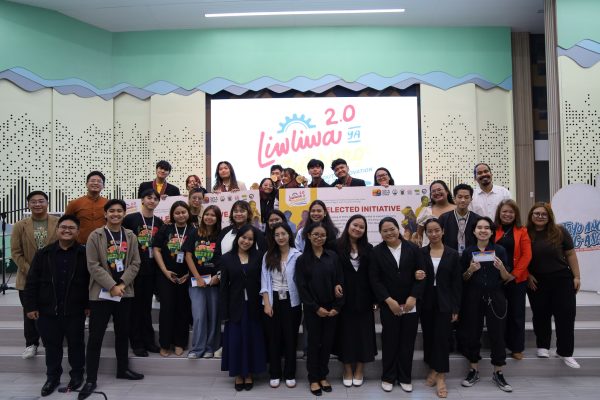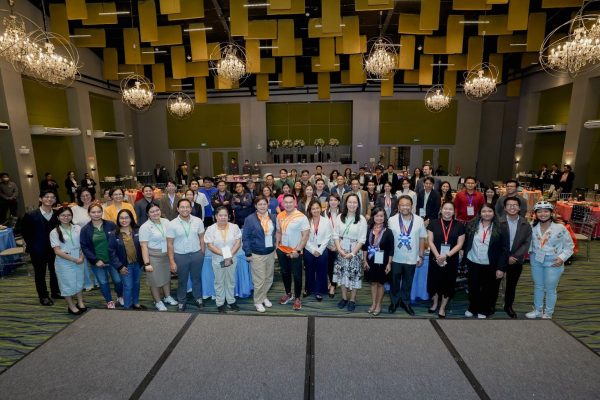Mr. Syamphone Sengchandala (rightmost), Deputy Director General of the Department of Climate Change, MONRE – Lao PDR receives ICLEI Southeast Asia and UN Habitat during the initial scoping visit for Urban LEDS II.
City representatives from Savannakhet and Pakse in Lao PDR as well as high level official from the Ministry of Environment and Natural Resources (MONRE) met with ICLEI – Local Governments for Sustainability Southeast Asia Secretariat (ICLEI SEAS) and United Nations Human Settlement Programme (UN-HABITAT) during an initial scoping mission conducted last 22-26 January 2018.
The mission was conducted as part of the project, “Accelerating climate action through the promotion of Urban Low Emission Development Strategies (Urban LEDS II),” jointly implemented by ICLEI and UN Habitat with financial support from the European Union. Urban LEDS II aims to contribute to the reduction of greenhouse gas (GHG) emissions by the promotion of Urban Low Emission Development Strategies (Urban LEDS) in selected cities.
While the country’s climate action planning tends to be highly skewed toward adaptation, Lao PDR’s Intended Nationally Determined Contributions (INDC) identified priority actions in the energy and transport sectors.
Mr. Syamphone Sengchandala, Deputy Director General of the Department of Climate Change, MONRE – Lao PDR expressed support to the Urban LEDS II project noting the need to synergize efforts with existing initiatives of the national government. It was agreed that an inception meeting will be organized with relevant departments within MONRE as well as representatives from the project cities in the second quarter of 2018. The activity is envisaged to contribute to the Talanoa Dialogues, an important outcome of the recently concluded 23rd Conference of the Parties (COP23).
Under Urban LEDS II, two model cities will receive support and guidance in developing and approving Urban LEDS, resulting in measurable GHG emission reductions and adaptation co-benefits. At least four to six satellite cities will benefit from capacity development opportunities and peer exchange with the model cities. The two proposed model cities in Lao PDR, Savannakhet and Pakse, were visited during the scoping mission.
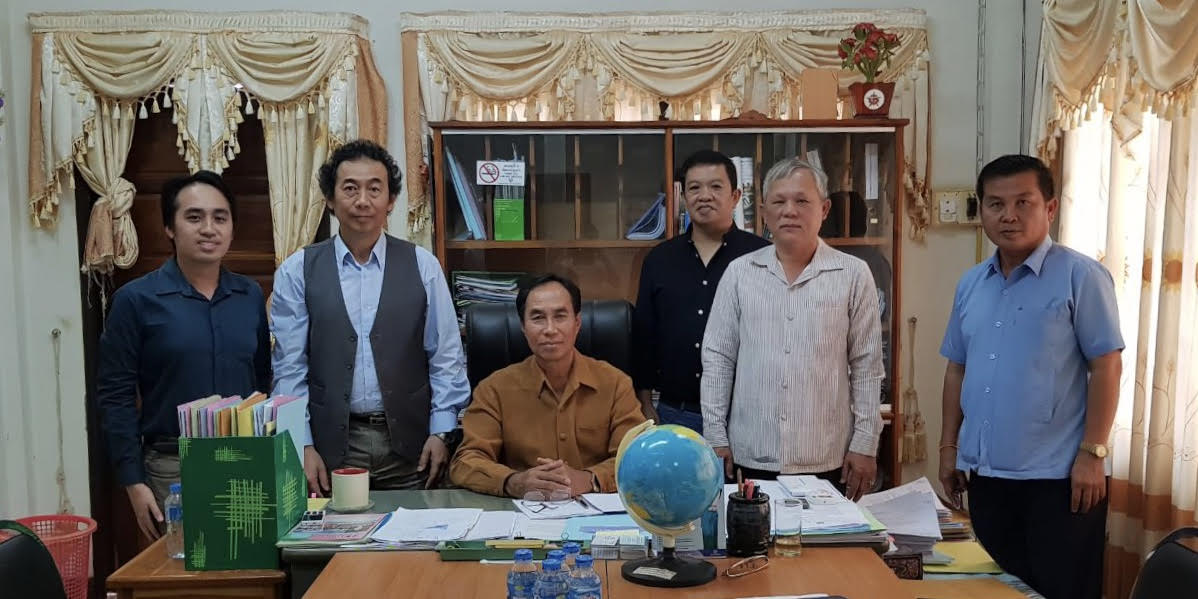
ICLEI SEAS and UN Habitat Urban LEDS II scoping team pose for a photo with Pakse Governor Soulivanh Sawathasinh.
Savannakhet is the second largest city in Lao PDR (next to Vientiane) and is being promoted as an industrial zone resulting in rapid urbanization. It is part of the East-West Economic Corridor, an economic development program aimed at promoting development and integration of five Southeast Asian (SEA) countries including Myanmar, Thailand, Laos, Cambodia, and Vietnam. City officials raised the growing concern on traffic as well as solid waste and wastewater management in the city. On the other hand, Pakse is the center point of southern Lao PDR. It is considered as an emerging tourist destination and is a gateway to other SEA countries including Cambodia, Thailand, and Vietnam. Consistent with its vision of being a green city, the integration of parks and city gardens is an area that Pakse is interested to learn more.
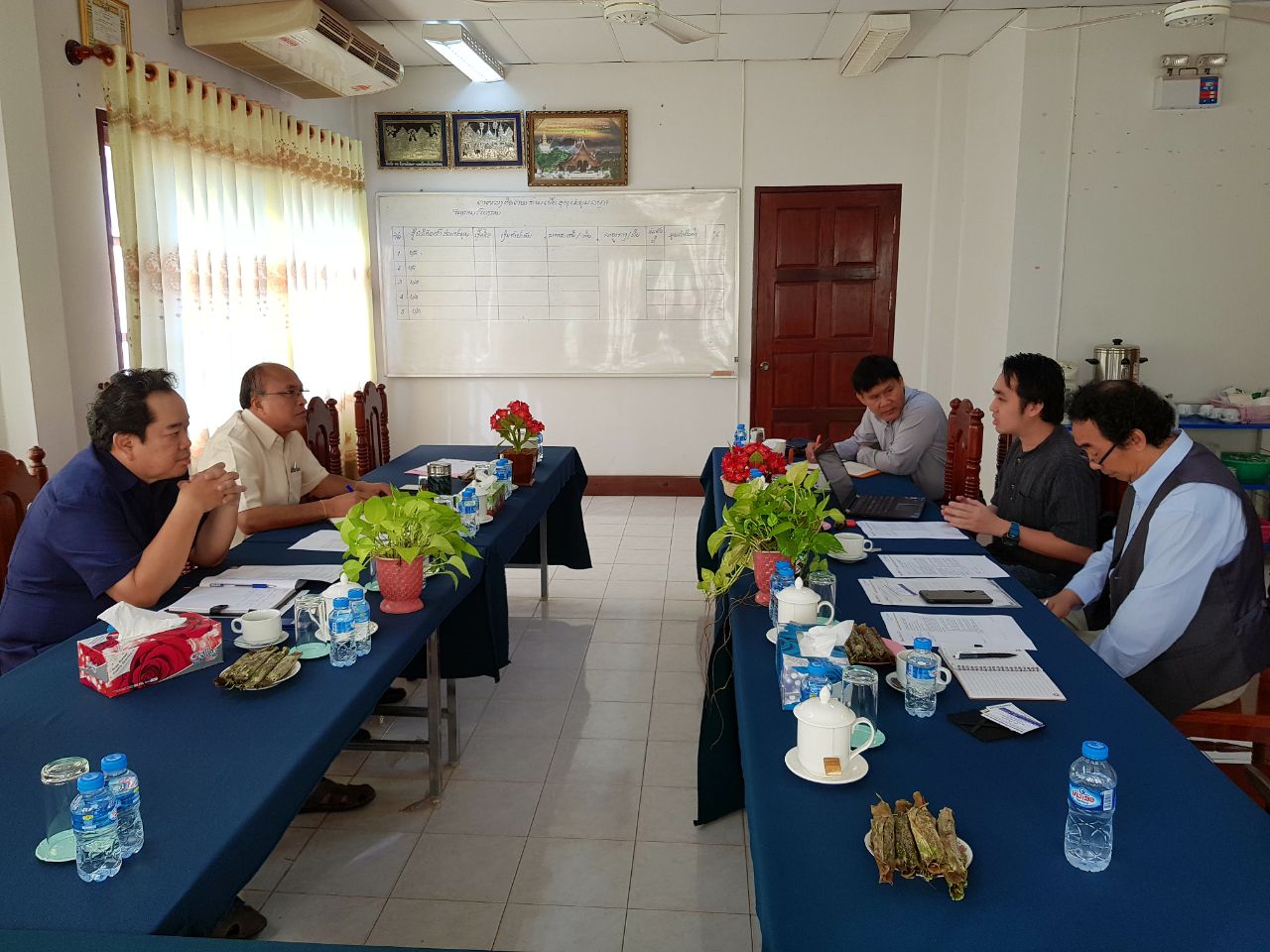
ICLEI SEAS Regional Program Manager, Mr. Ranell Martin Dedicatoria discusses the Urban LEDS II project with the representatives of Savannakhet.
The Urban LEDS II project started in April 2017 and is expected to run for 48 months. At the global level, the project will help improve systems that support measuring, reporting and verification (MRV) of city climate action in a way that is aligned with national-level systems under the United Nations Framework Convention on Climate Change. The project’s first phase ran from 2012 to 2016 in Brazil, India, Indonesia, and South Africa. Additional four countries are participating in the Urban LEDS II namely Bangladesh, Colombia, Lao PDR, and Rwanda.

